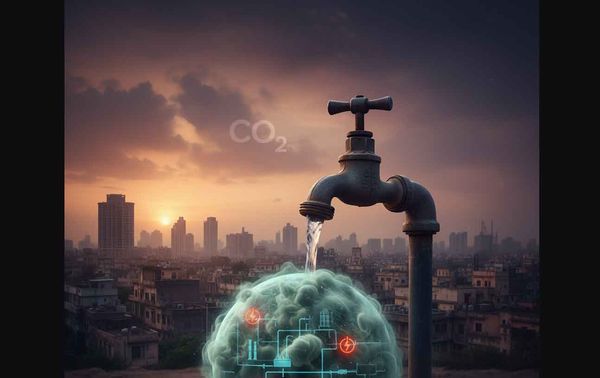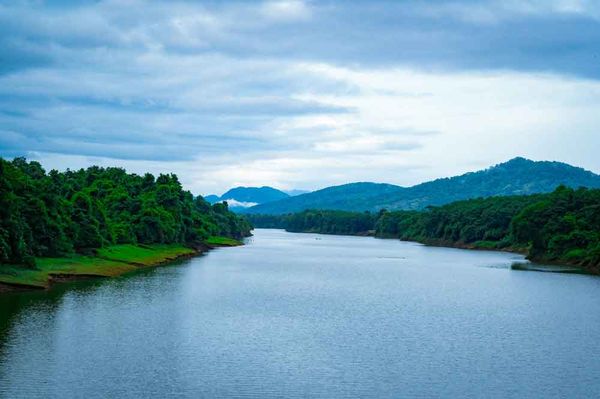2025-11-08
•

Globally, around 70% of the freshwater available is used for agriculture. With a current human population of 8.2 billion, poised to cross 9.6billion by 2050 efficient ways to manage water resources become increasingly important to ensure food production and drinking water. Climate change and the resulting disruptive weather patterns pose a threat to traditional farming methods, and it is necessary that we ensure enough water for crops and animals to ensure there is no famine situation going forward. With increased water requirements, pollution has also become a major concern. Farming practices like applying fertilizers and pesticides can pollute water, even groundwater and downstream water resources.
How do we conserve water while ensuring food safety for all? Some of the best practices are mentioned below.
Drip irrigation is a watering system that delivers water directly to the roots of the plants. This system is made up of a network of pipes, valves, tubing, and emitters. Releasing water directly to the root zone significantly reduces
evaporation and runoff. Fertilizers can also be applied through the drip irrigation system, reducing wastage. Clogging can be an issue, and maintenance is necessary for these systems. Precise and slow delivery of water tailored to various crops can increase yield compared to traditional irrigation.
Rainwater harvesting is the collection and storage of rainwater, which can be used for irrigation. Rainwater harvesting systems can harvest water from roof-like structures as well as surfaces like roads, gardens, and other impervious areas. The water that would have been lost as runoff is captured and stored.
Various farming techniques use water which can be reused. Water used for cleaning produce, animals, and other such things used in a farm can be filtered and recycled for further use.
Mulching, whether organic or inorganic, helps prevent evaporation. This can greatly reduce the water requirements of crops. Mulching also helps prevent weeds, and organic mulching improves soil fertility. Mulching can reduce evaporation by 70% in summer and overall save 50% water on average.
Cover crops are plants that are planted to cover the soil rather than for the purpose of being harvested, between main crop seasons. They are important water conservation tools, preventing surface runoff and retaining soil and nutrients. The root systems improve water retention, and crops like legumes improve nitrogen content.
By choosing drought-resistant crops and rotating according to rainfall and water requirements, an optimized farming schedule can be arrived at. The water footprint of the crops can help us understand that the amount of water required to get even a gram of food to our table is massive.
Water conservation starts with using less energy. This is important at a wider range. Solar-powered pumps and sensor-operated systems can improve energy efficiency, thus leading to better water conservation.
Technology can help prevent water loss. Soil moisture sensors can ensure watering is done as and when needed. Automated pump controllers can ensure no overflows occur, and weather-based controllers can adjust watering schedules according to rainfall data. Smart metering devices can measure and look for any anomalies in usage. This technology-driven initiative can further reduce water requirements by 10-30% compared to traditional irrigation methods.

2025-10-15

2025-09-24